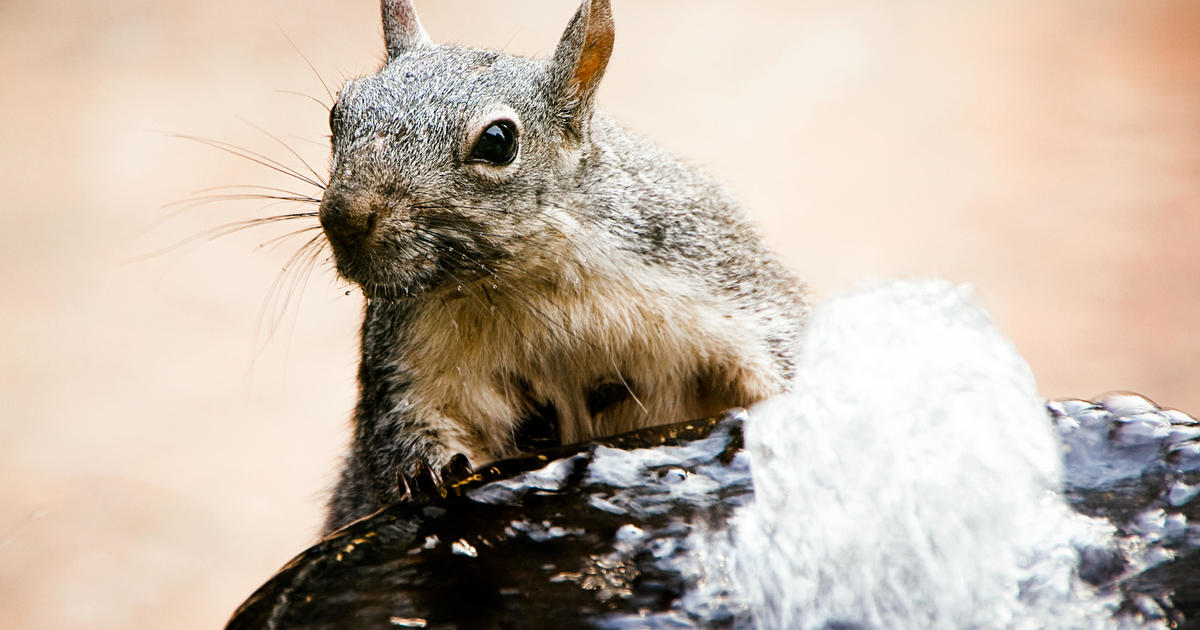The idea that the driver of this decline is hot and dry weather seems dubious when the species is doing better in the warmer and drier states of Oregon and California.
I think habitat loss is the main issue here. This species mainly inhabits areas with closed canopy of large, mature pines and oaks. These species are less common in Washington which may explain their tenuous status there. Climate change may actually cause pine and oak to expand in Washington, which could even be beneficial compared to traditionally abundant conifer forest.
we’ve got a fair share of pine trees but oak? havent seen an oak that someone didnt plant - isnt oak a midwest/east coast thing?
There is only one species native to WA I think but CA has around 20 or so. They generally prefer warmer and drier conditions than you’ve got.
ah, that’d explain it - thanks!




